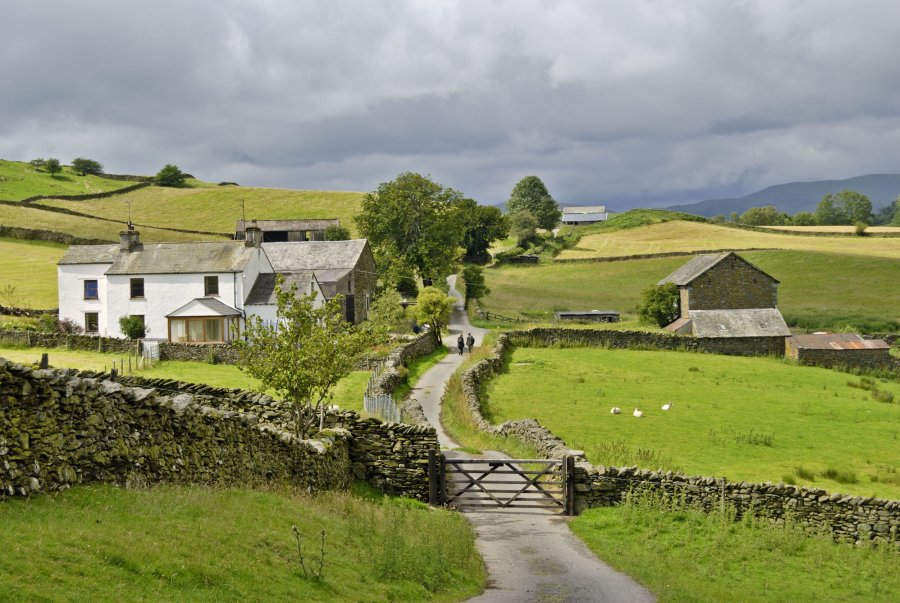
A survey of farming businesses has highlighted the key concerns and lessons learned around the re-opening of farm attractions following the lockdown.
Farm attractions across the UK are now allowed to reopen after businesses received the green-light from devolved governments.
From a survey of farms offering attractions, Saffery Champness has compiled a list of key points that those re-opening may find of benefit as the UK eases out of lockdown.
Martyn Dobinson, partner at the accountancy, said there were a 'number of recurrent themes' from its rural clients who were re-opening and welcoming the public back.
“Whilst everyone is eager to get back to normal, that isn’t going to happen whilst any social distancing restrictions remain in place," he said, adding that expectations around re-opening needed to be 'realistic'.
"A ‘dash for cash’ should be avoided in favour of a more controlled ‘slowly and safely’ approach," Mr Dobinson said. He added that reviews from the first visitors back would be 'critical'.
The following are some of the main points that have been fed back to Saffery Champness:
1. Information in advance builds confidence, so make sure that your website explains what steps you have taken to ensure the safety of those visiting, and what they should do to stay safe and make sure others around them are safe.
2. On the website, and on site, there should be clear advice on what is (and isn’t) open to the public, and that the full visitor experience may not be available, to avoid disappointment and negative feedback.
3. An advance booking system is a good way to demonstrate that extra steps are in place to take care of visitors, rather than having visitors just turning up on the day. Allocation of specific timeslots can be a real help too.
4. It is advised that new systems should be trialed with limited numbers initially. Much will be different and it’s essential to have a system that works. A ‘soft opening’ gives you time to make changes before opening more widely.
5. Toilets are a major issue and websites again should advise whether toilets are available. Once visitors are on site, special steps will be needed to control numbers in/numbers out, and an elevated cleaning and disinfecting regime is needed.
6. Catering and cafes/restaurants are another area of significant concern requiring a modified regime to assure visitors that they are welcome, and equally, safe.
7. In many areas, social distancing restrictions will need to be imposed, such as queuing for tickets, toilets, café etc. Appropriate signage will be required to ensure adherence to the rules.
8. Staff returning to work may find that they have different duties to deliver a safe visitor environment. Make sure that staff are properly briefed so that they know what is required of them and the additional measures that they need to take, including the wearing of visors, masks, gloves etc.
9. Undertake thorough and regular risk assessments. Make modifications, appraise systems regularly and keep the assessment and precautionary measures up to date.
10. Talk to your insurers about what you are doing and about your plans.
